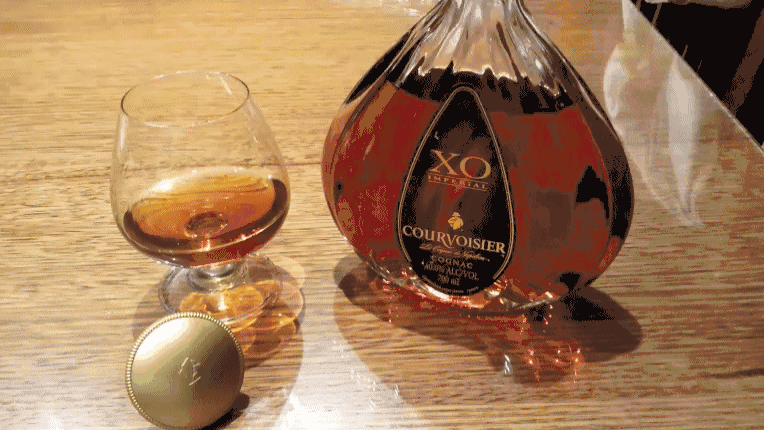In the early 16th century, wine has been exported to different parts of the world from the ports of Bordeaux. It is said that wine merchants used to distillate part of their wine before shipping to make them more resistant to spoilage.

When the concentrated wine reached its destination, water would be added to make it gain back its original form. This might be how "brandy" was born, a name coming from the Dutch brandewijn, meaning "burnt wine".

This type of distilled wine has been popular since then and has become the well-known brandy. This week, we are taking you on a brandy’s “tour de France”. Follow us!
The most popular French brandies
Cognac

Cognac is a small town located in Bordeaux. This region has produced the most famous brandy across the globe and has exported it to all parts of the world due to its proximity with the harbors of Bordeaux. Cognac is distilled from white wine made of grapes and its making process involves fermentation, distillation, aging and bottling.

The famous alambic charentais, which enables double distillation
Double distillation technique is required in making Cognac. After distillation, it is necessary to place the alcohol into oak barrels for at least two years, in which it will gain its complexity of flavors and its amber color.
Armagnac

Armagnac originally comes from Gascony and its history can be traced back to the 15th century, when it was used to fix stomach problems. It is also made by grapes and needs to be distilled once only. Usually, Armagnac has unique and complex flavors, with honey and vanilla notes in its youth and toasted nuts, liquorice and tobacco aromas as it gets older.
Calvados

Calvados is made in Normandy and is distilled from apple ciders. The fermented juice requires double distillations to form the base of brandy. The distilled alcohol will be aged into barrels during a minimum of 2 years, where it will gain its amber color. It is fresh, fruity and slightly sweet on the palate.
Eau-de-vie

Eau-de-vie is made of other fruits, such as pears and plums. It is mostly made in artisanal way by villagers or farmers. Typically, eau-de-vie displays a clear color and is not aged in oak. It has elegant and delicate fruit aromas.
Aging classification

Initially, the French government has created this classification for the exports of Cognac to England, but it also serves today as the norm for many other types of brandies, with some individual differences:
V·S

V·S stands for “Very Special” (also called "Three Stars"). It is considered to be the youngest brandy and needs to be aged in oak barrels for at least 2 years.
V·S·O·P

V·S·O·P means “Very Superior Old Pale”. It is a medium level brandy and normally has a minimum age of four years.
X.O.

X.O. is the abbreviation of “Extra Old” and is the signature of the finest brandies. Basically, X.O needs to be aged for at least 10 years (Cognac) or 6 years (Armagnac, Calvados).
How to enjoy a brandy?

The ideal glassware for enjoying a brandy is the snifter
As a typical digestif, a brandy is usually suggested to enjoy after dessert to help accelerating digestion. It can be served as an apéritif as well, that will stimulate appetite before the beginning of the meal.

The iconic Louis XIII by Rémy Martin, one of the most sought-after cognac
The ideal temperature for enjoying a brandy is at room temperature (or slightly chilled for eaux-de-vie) and the best way to appreciate it is to drink it straight with no ice.

Nothing better than the sweet warm burn from a sip of brandy to heat up the cool nights this winter!
